Intel demoed working Panther Lake Core Ultra 300 silicon for laptops, its first chips based on its crucial 18A process node, here at Computex 2025 in Taipei, Taiwan. Unlike the first public demoes at CES 2025 that merely showed the chips powered on, Intel put Panther Lake its paces in real-time rendering and AI applications, showing that the silicon is healthy and on-track for retail availability in early 2026. Intel also shared more information about its performance and power consumtpion expectations for the new chips.
As you can see in the image above, Intel also had a Panther Lake chip on display, enabling us to see how the CPU, GPU, I/O tile, and SoC tile are arranged on the package. These chips are thought to come with Cougar Cove P-cores and Darkmont E-cores (you can see the unconfirmed leaked specifications of some of the chip models here).
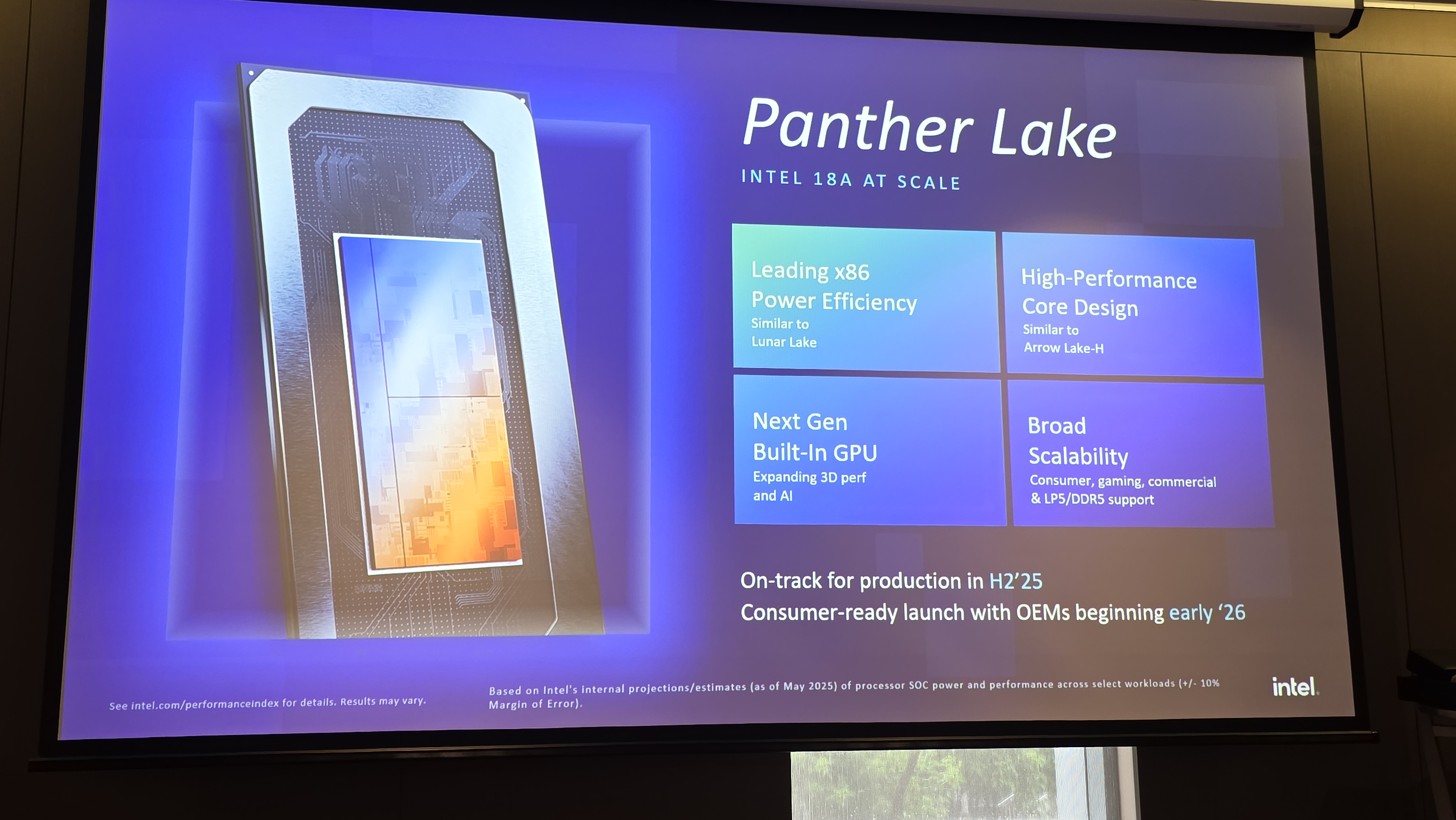
Intel says the Panther Lake chips blend the power efficiency of Lunar Lake with the performance of Arrow Lake-H, noting that while the chips will be in production in the second half of 2025, presumably launched at CES, full retail availability will not come until early 2026. Intel did tease that the chips will come with the next-gen integrated graphics with XMX graphics, but aside from saying the iGPU performance will be closer to Lunar Lake than Arrow Lake, the company didn't elaborate. These iGPUs are thought to be based on the Xe3 architecture.
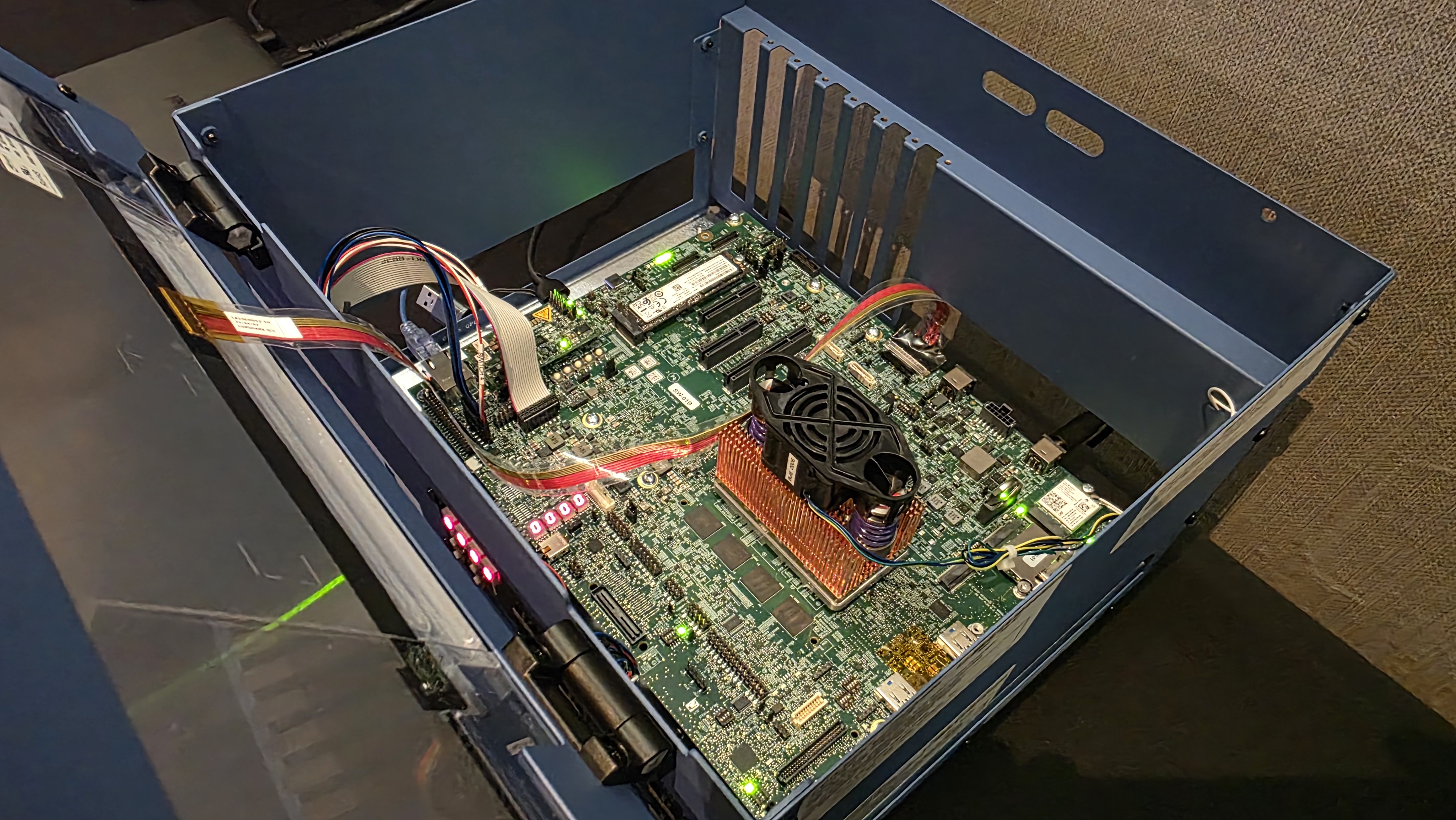
Intel ran its Panther Lake benchmarks on two Reference Validation Platforms (RVP) that you can see in the above album. These platforms are used to validate the design and emulate real-world conditions. Both RVPs were equipped with a heatsink and fan, so they were presumably operating without thermal constraints.
Intel demoed one system running the newly-resurrected Clippy as a large language model to demonstrate that the chips are running AI workloads. The presenter used the system to write game code in Python code. Intel didn't share performance metrics from the benchmark.
Intel also demoed a system running Da Vinci to edit and manipulate video using local AI processing to process the video, enabling fast manipulation of the video clip, such as changing backgrounds, clothing colors, and adding flying text to the clip.

Intel also displayed a running developer kit that 300+ developers with ISVs are using to enable software support for the coming chips. Intel demoed the system being used for image editing with auto-coloring and upscaling features, powered, of course, by AI. As you can see in the album, the developer system is quite compact. Intel also had a host of laptops on display from its OEM partners.
Intel's Panther Lake appears to be on track for its launch schedule, which bodes well for the company's immensely important 18A process node. Intel teased that the next steps are to release concrete speeds and feeds along with more information about the various chip models. We expect those to come trickling our over the next several months.

 6 months ago
193
6 months ago
193

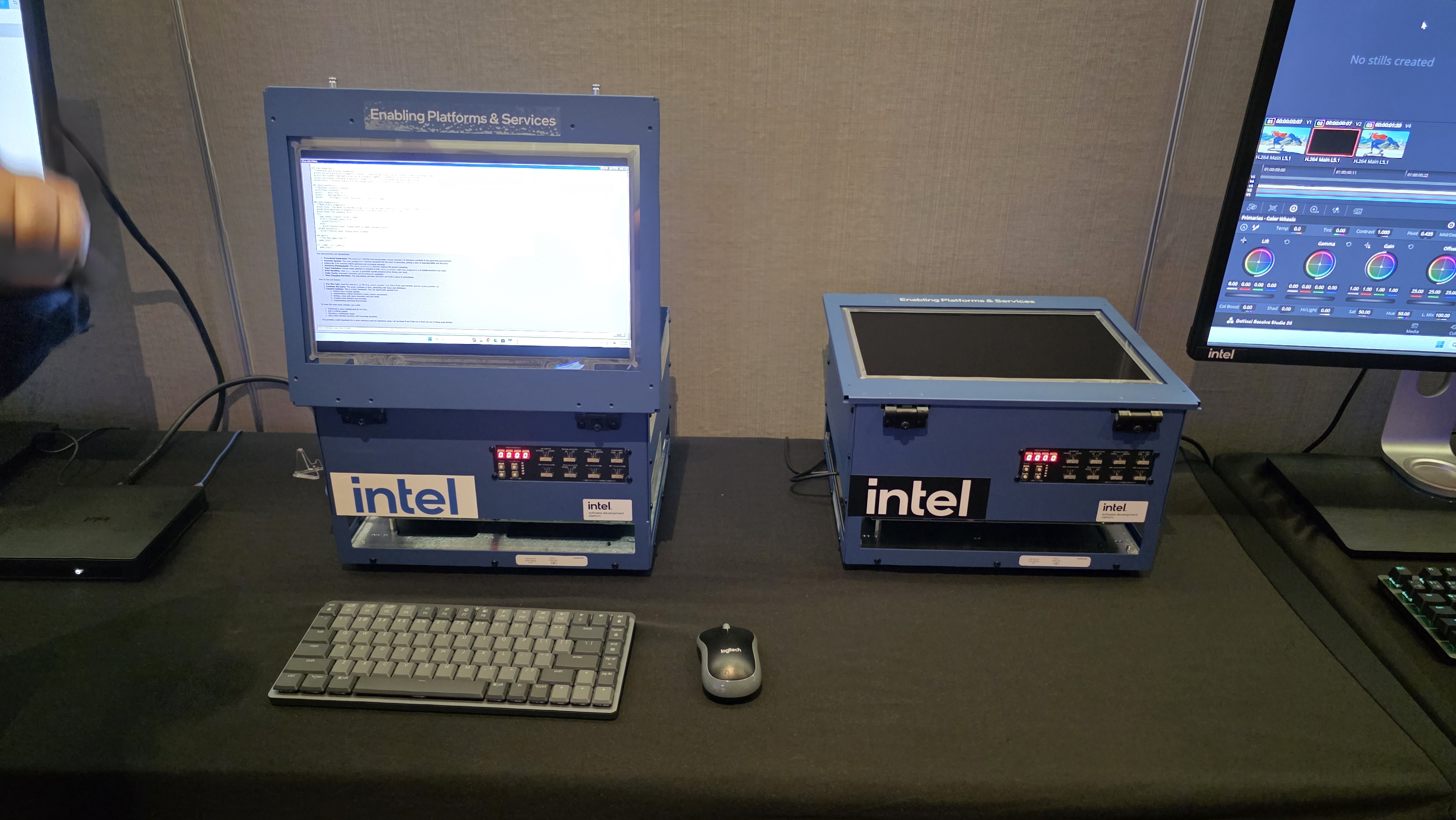
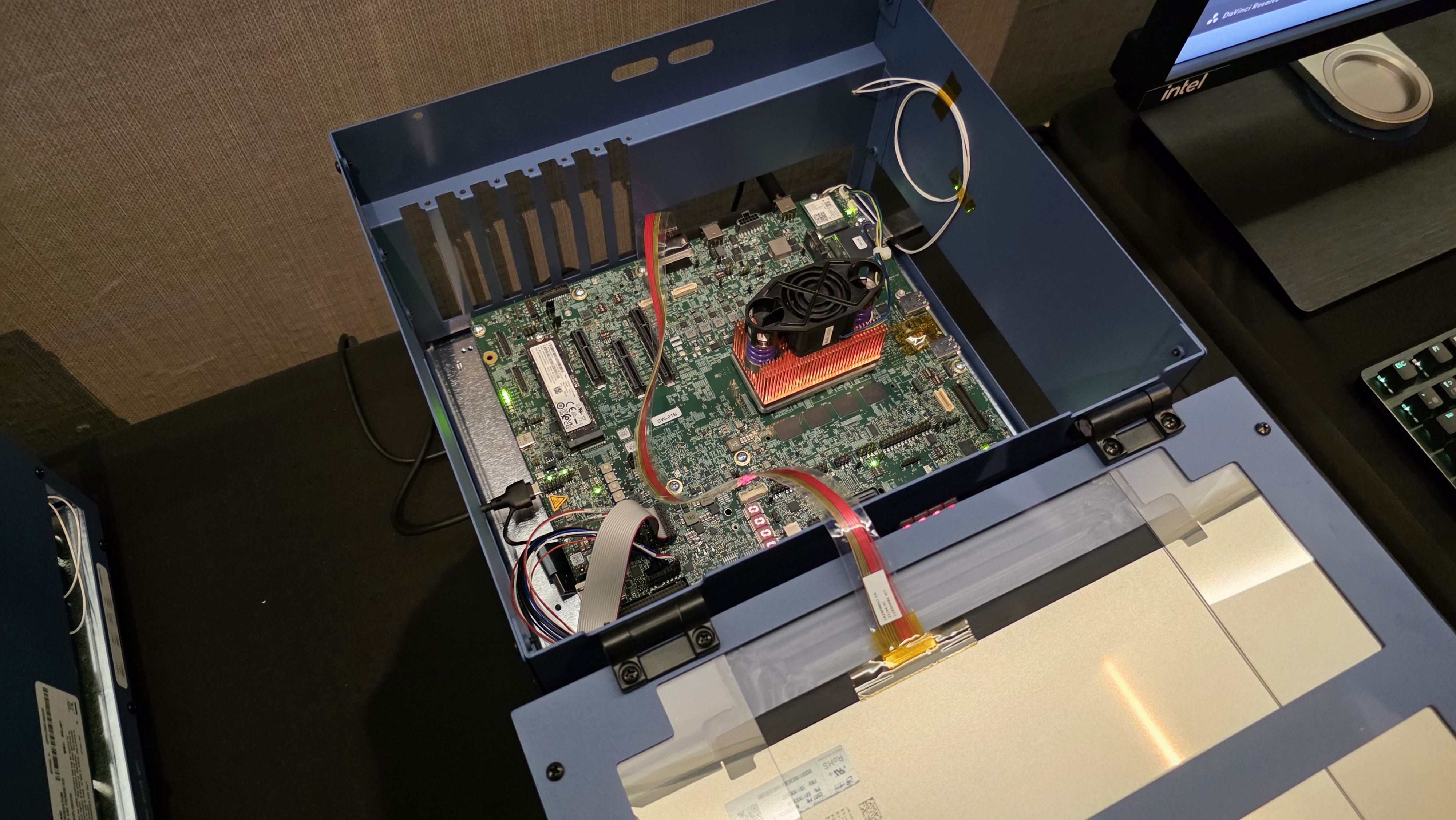
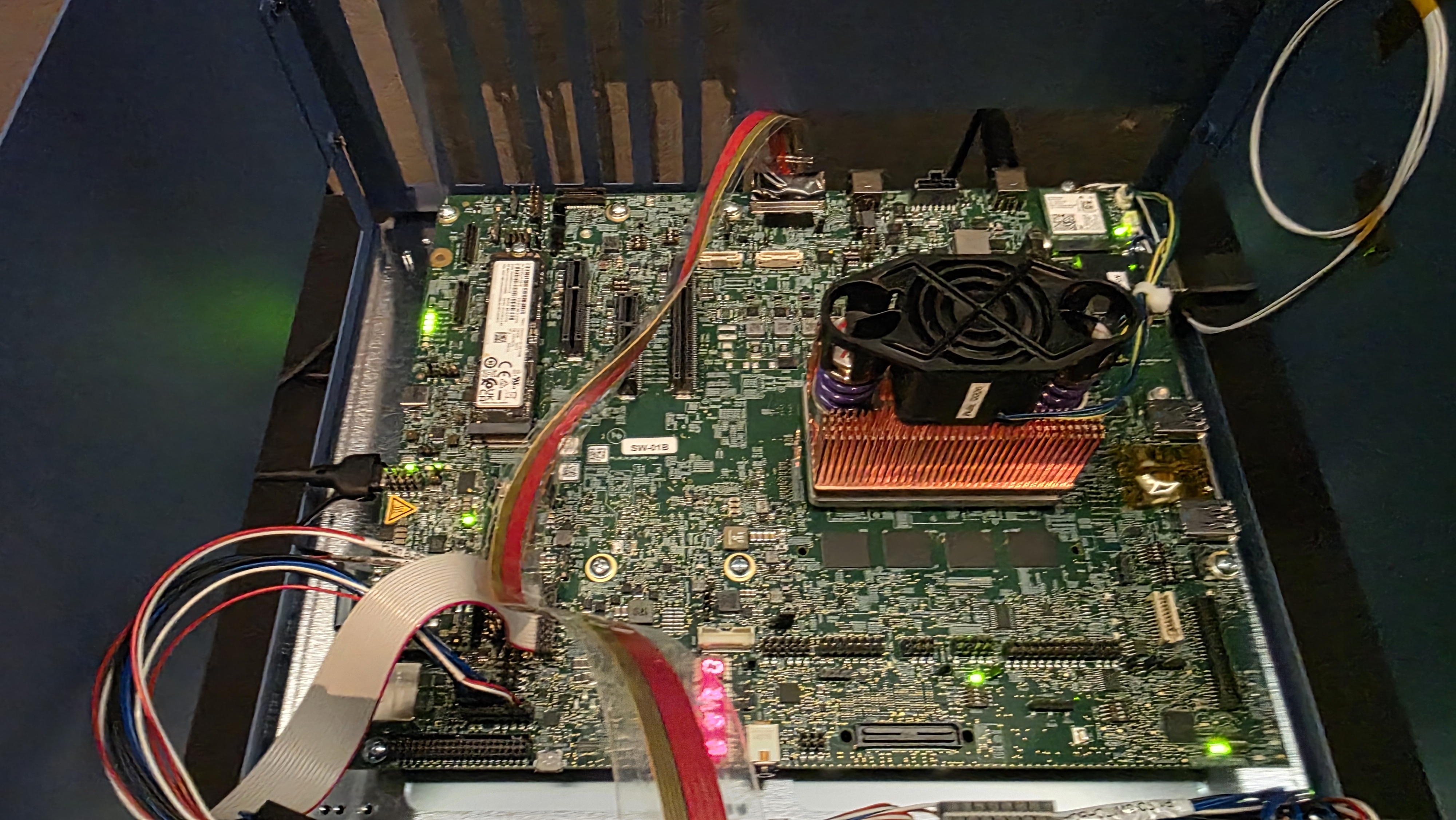
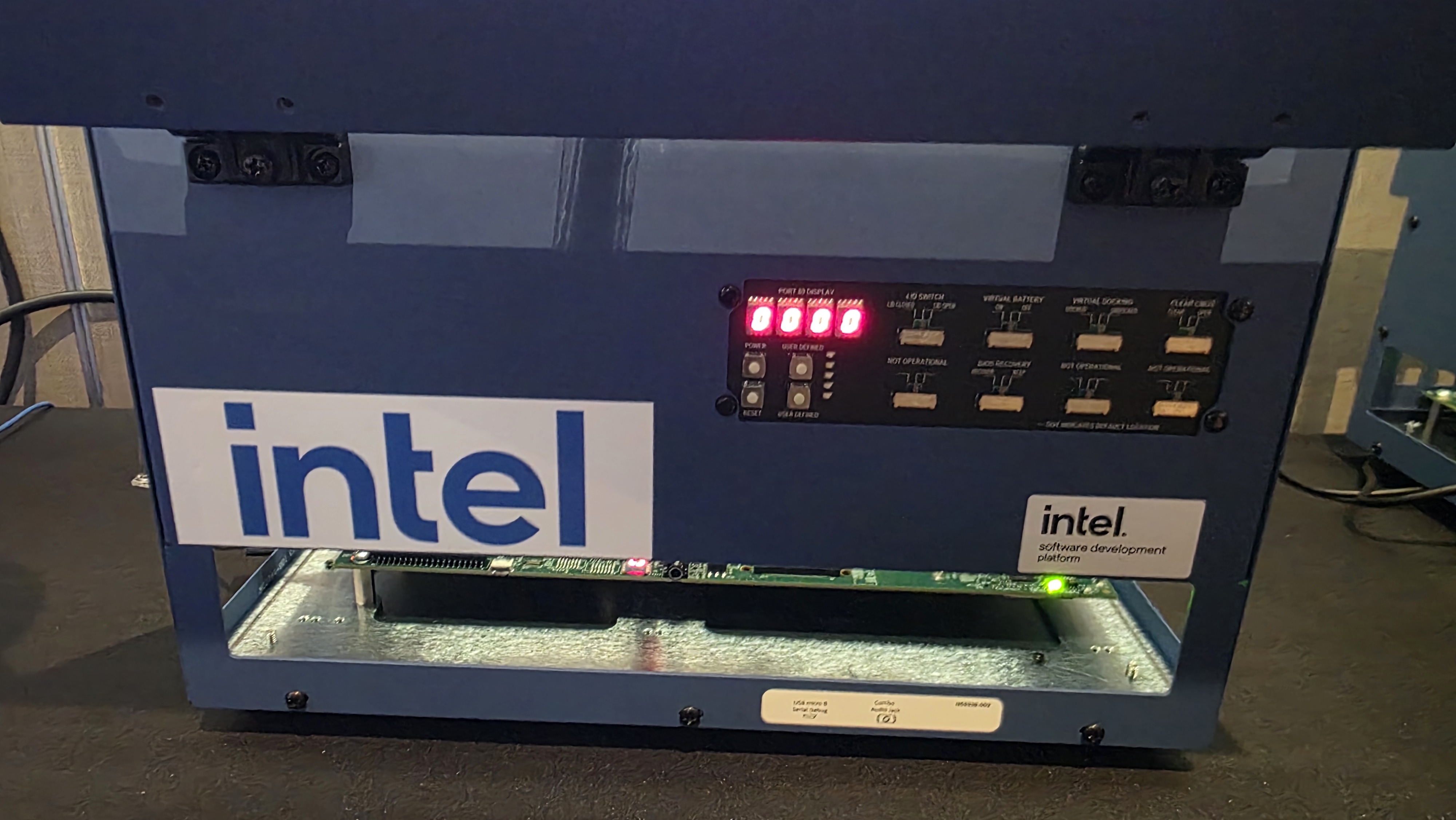
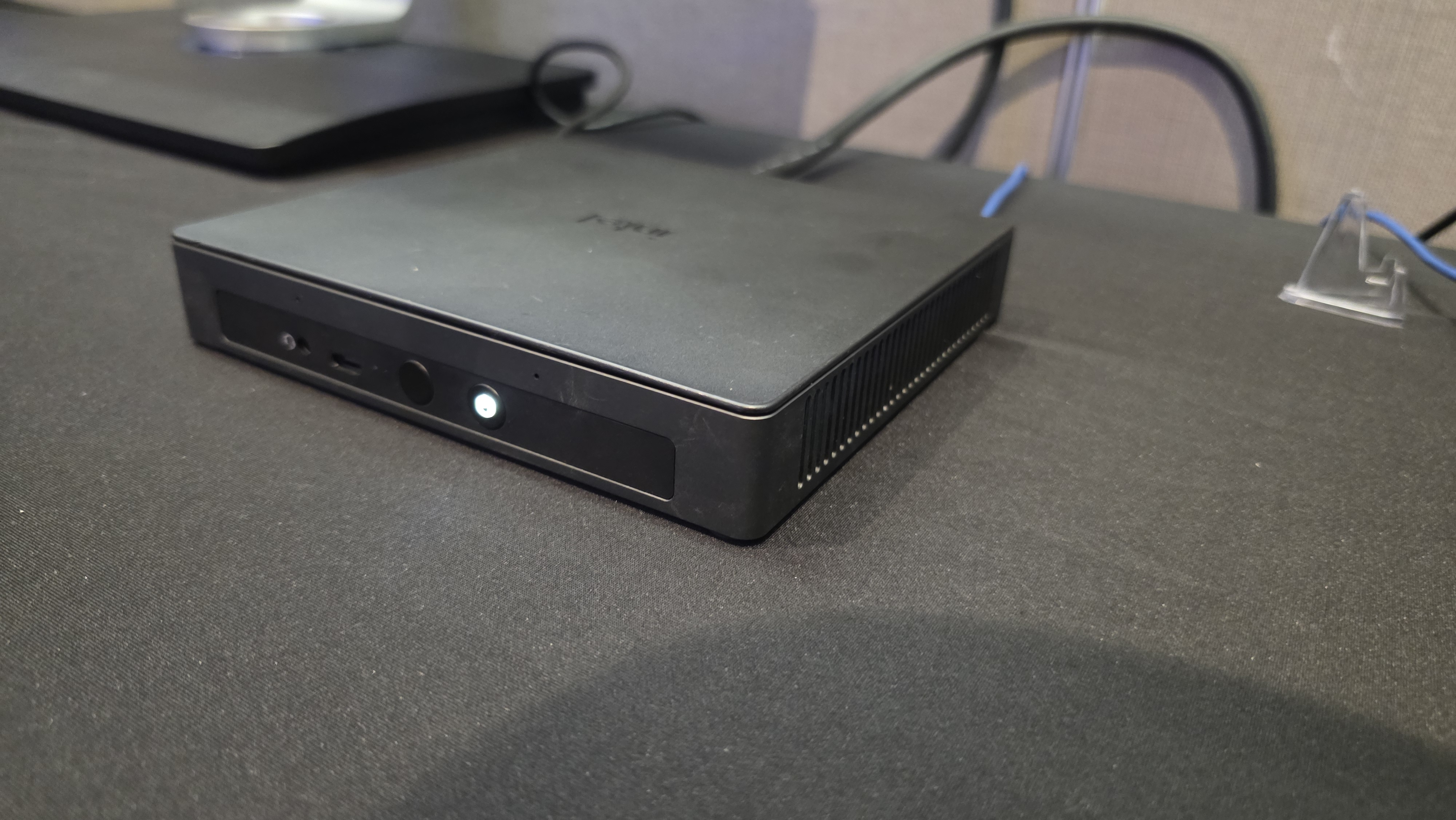
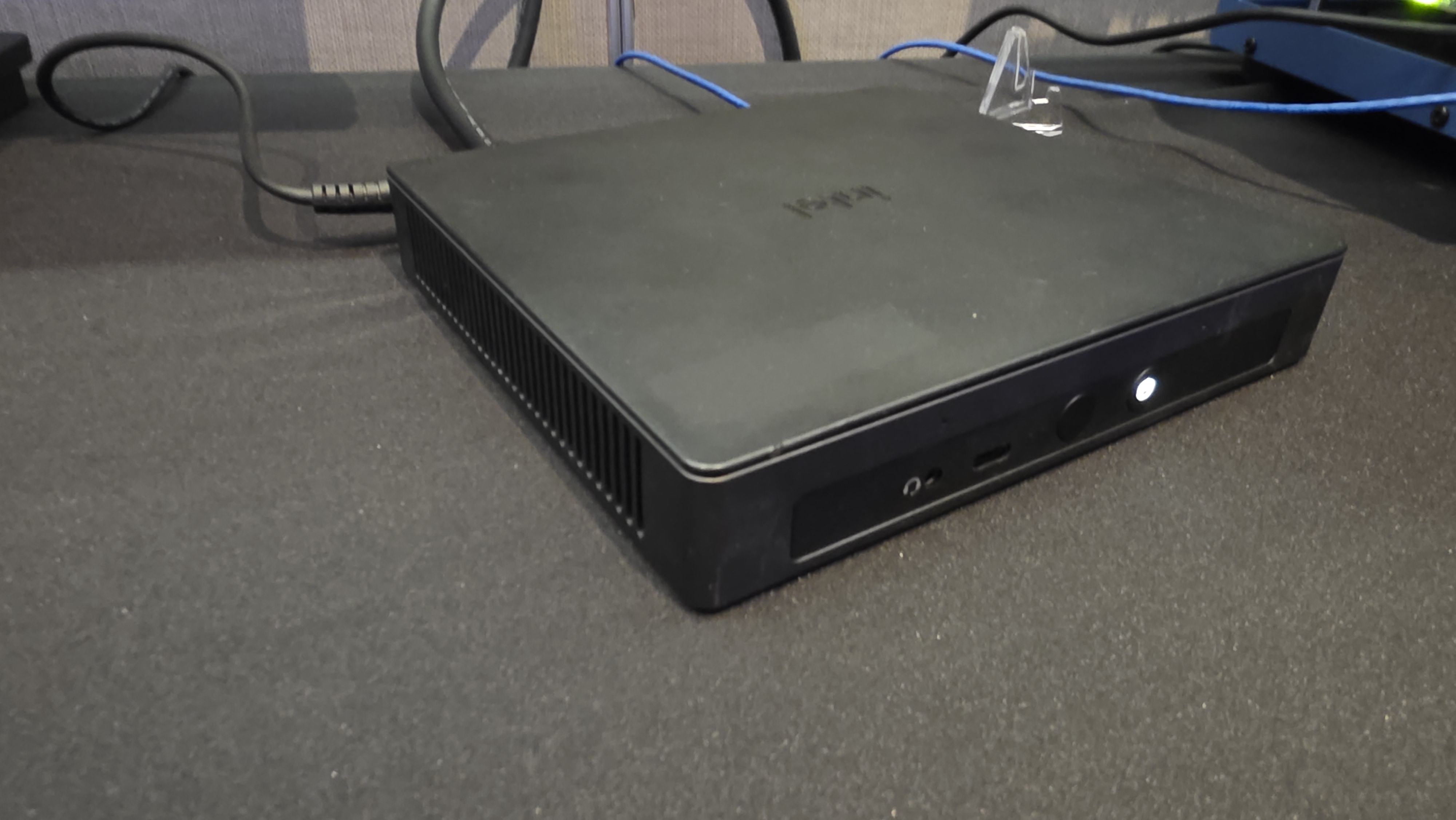
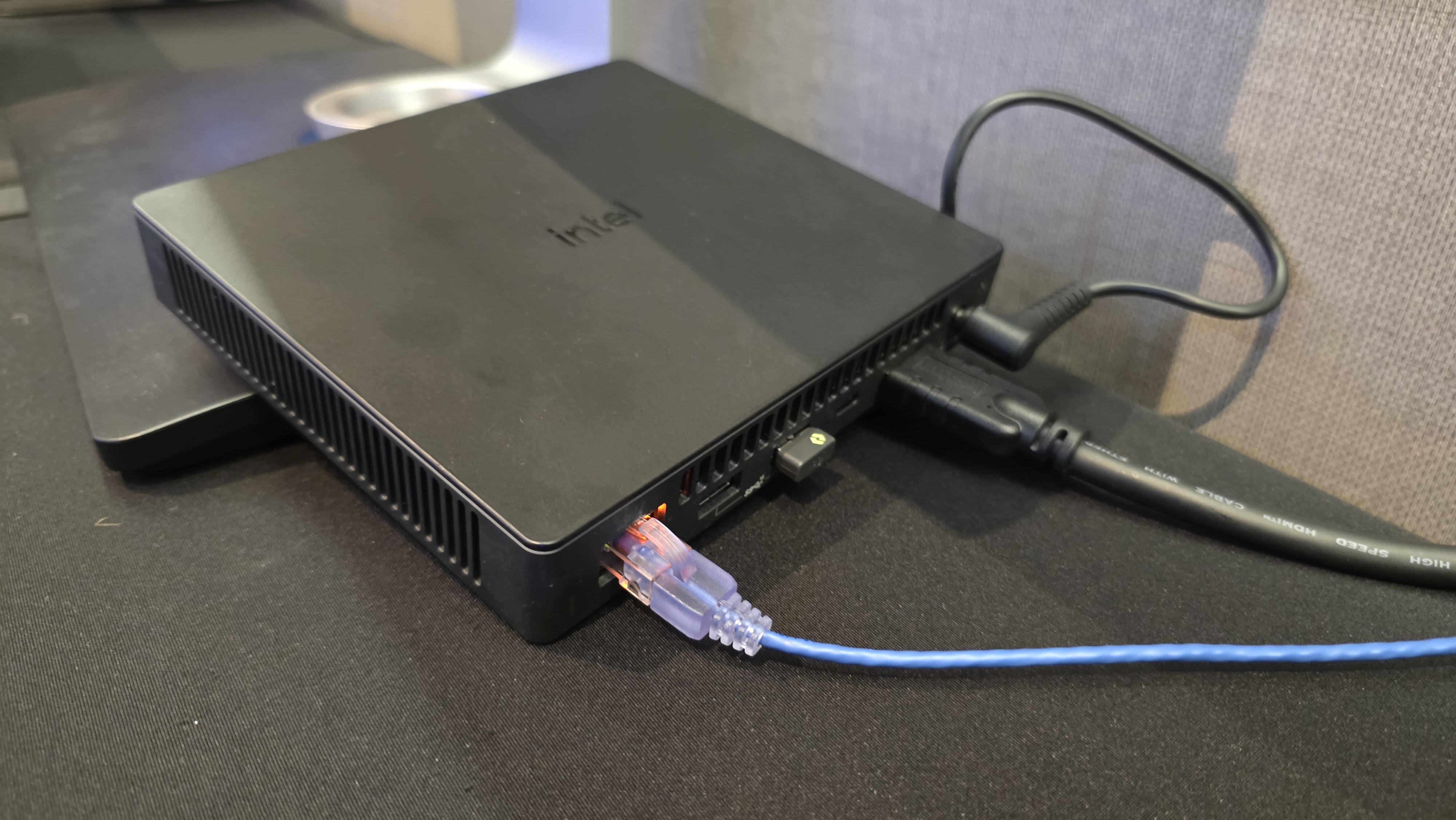







 English (US) ·
English (US) ·